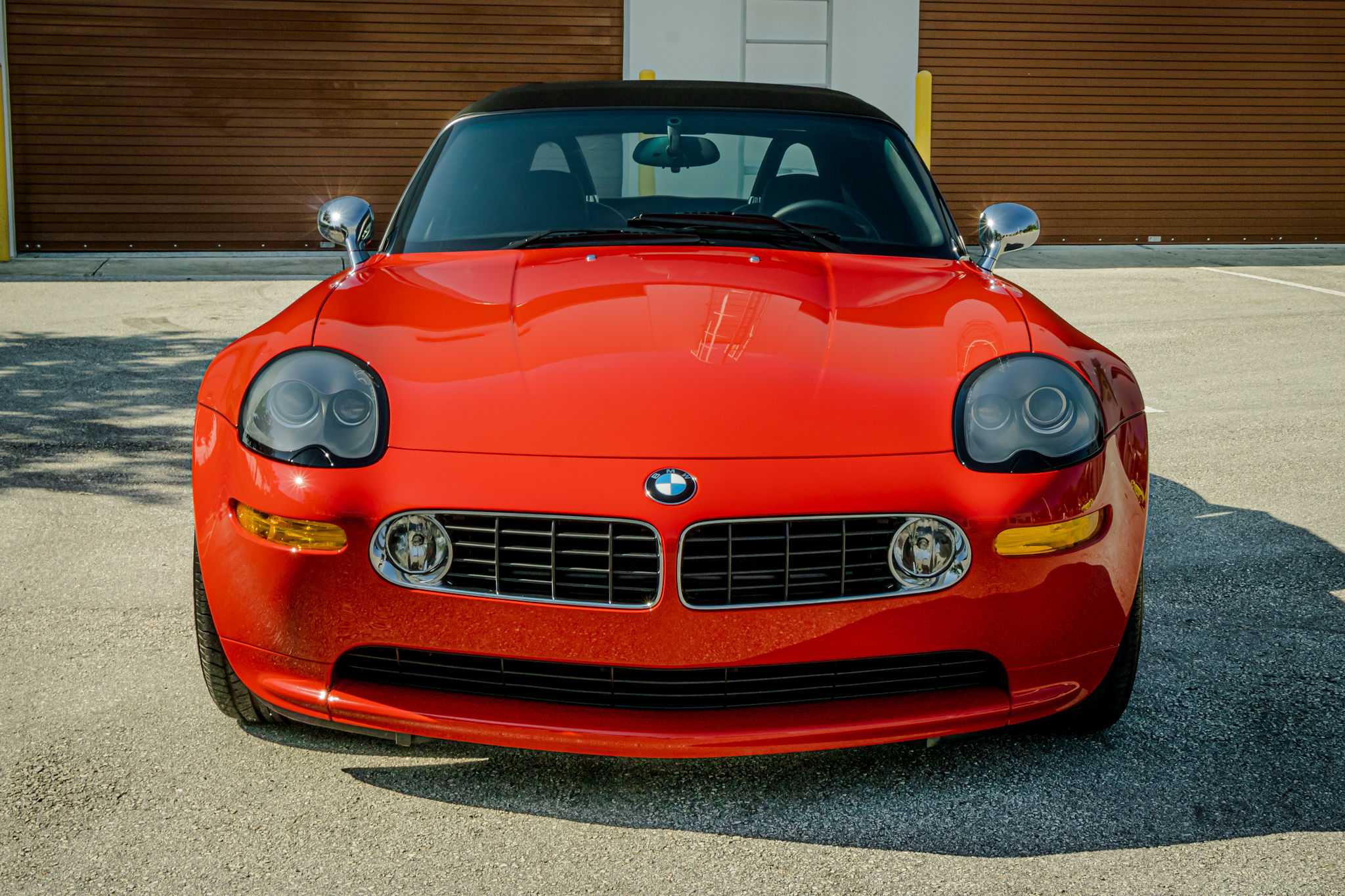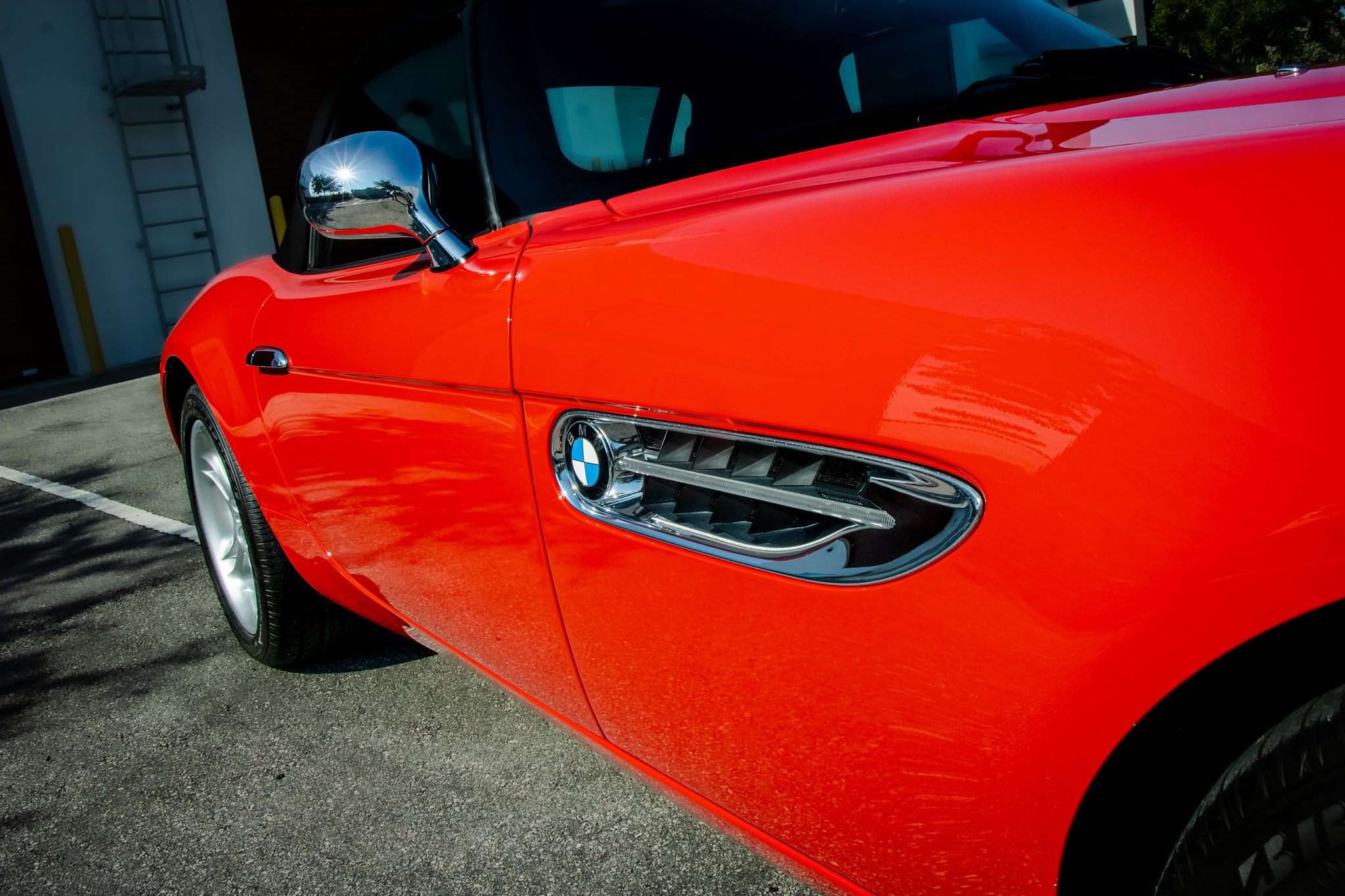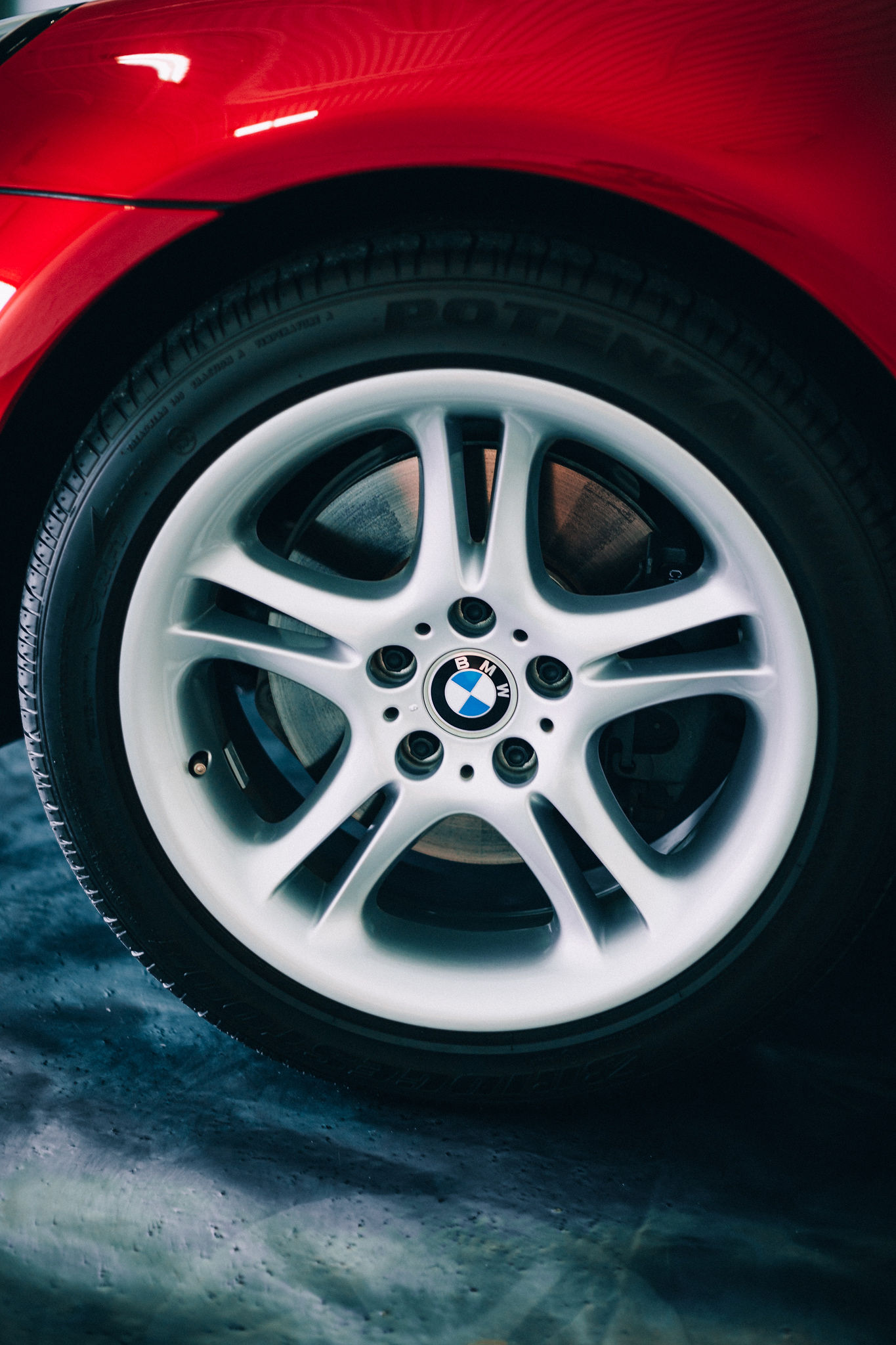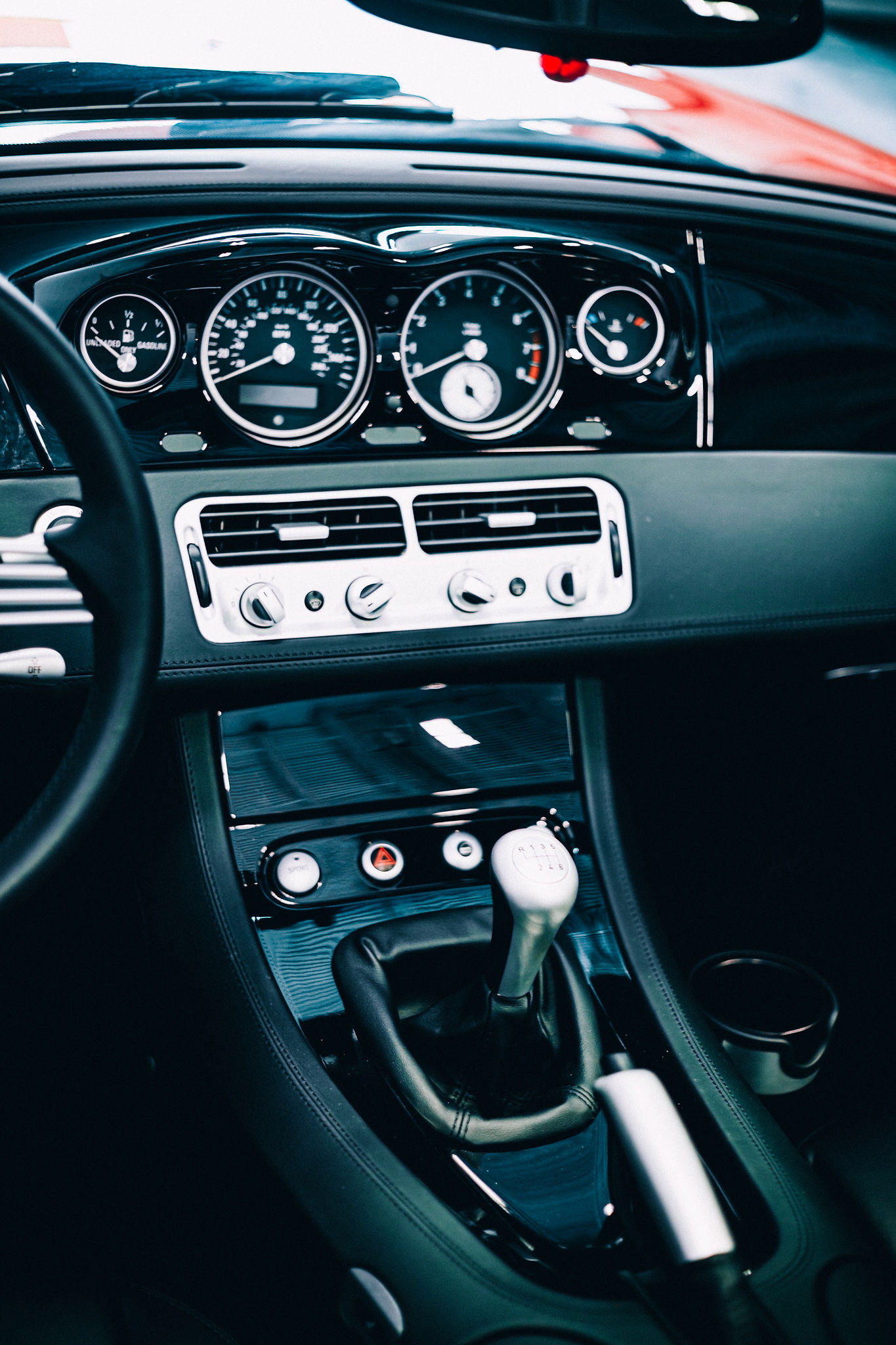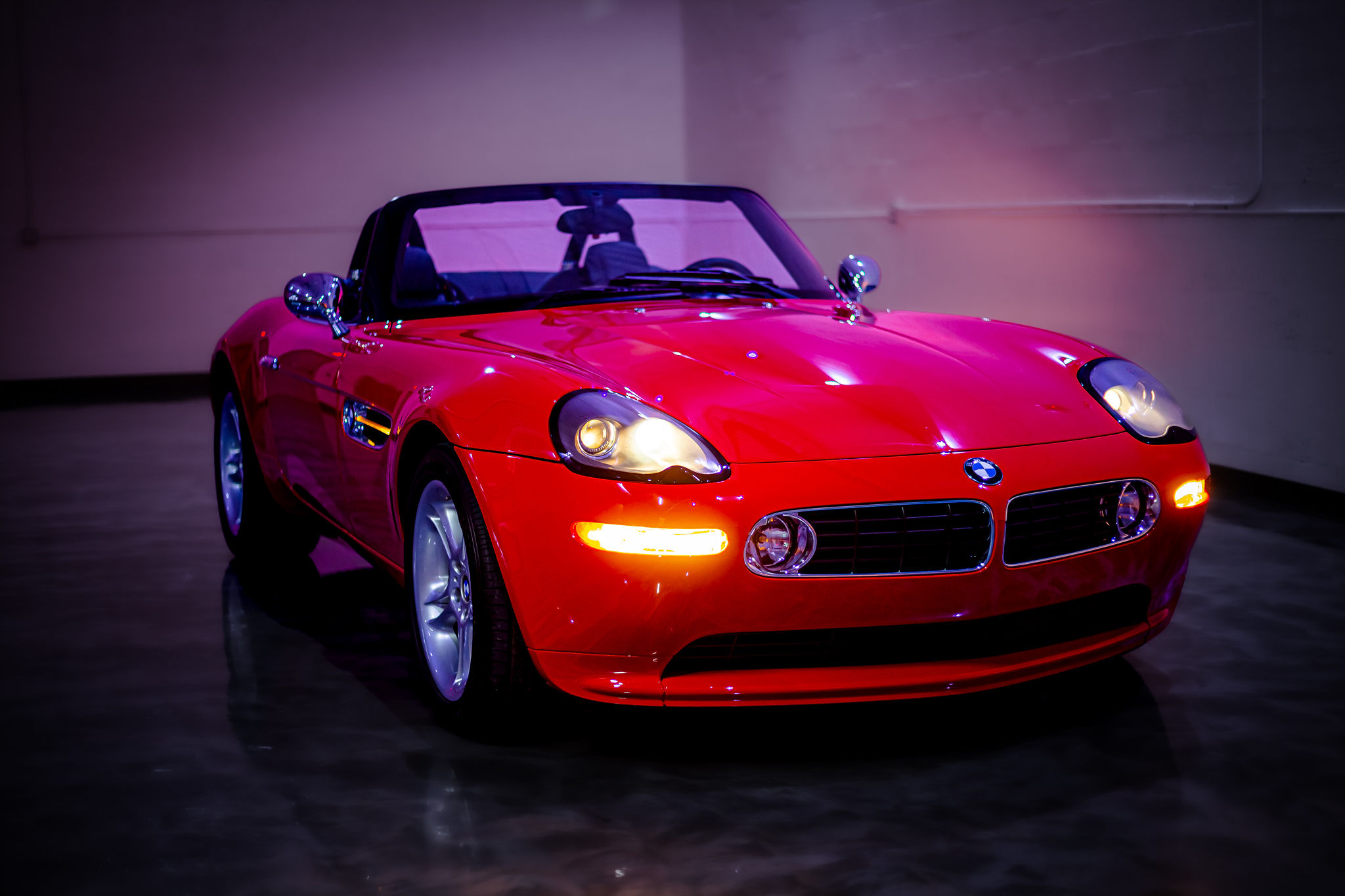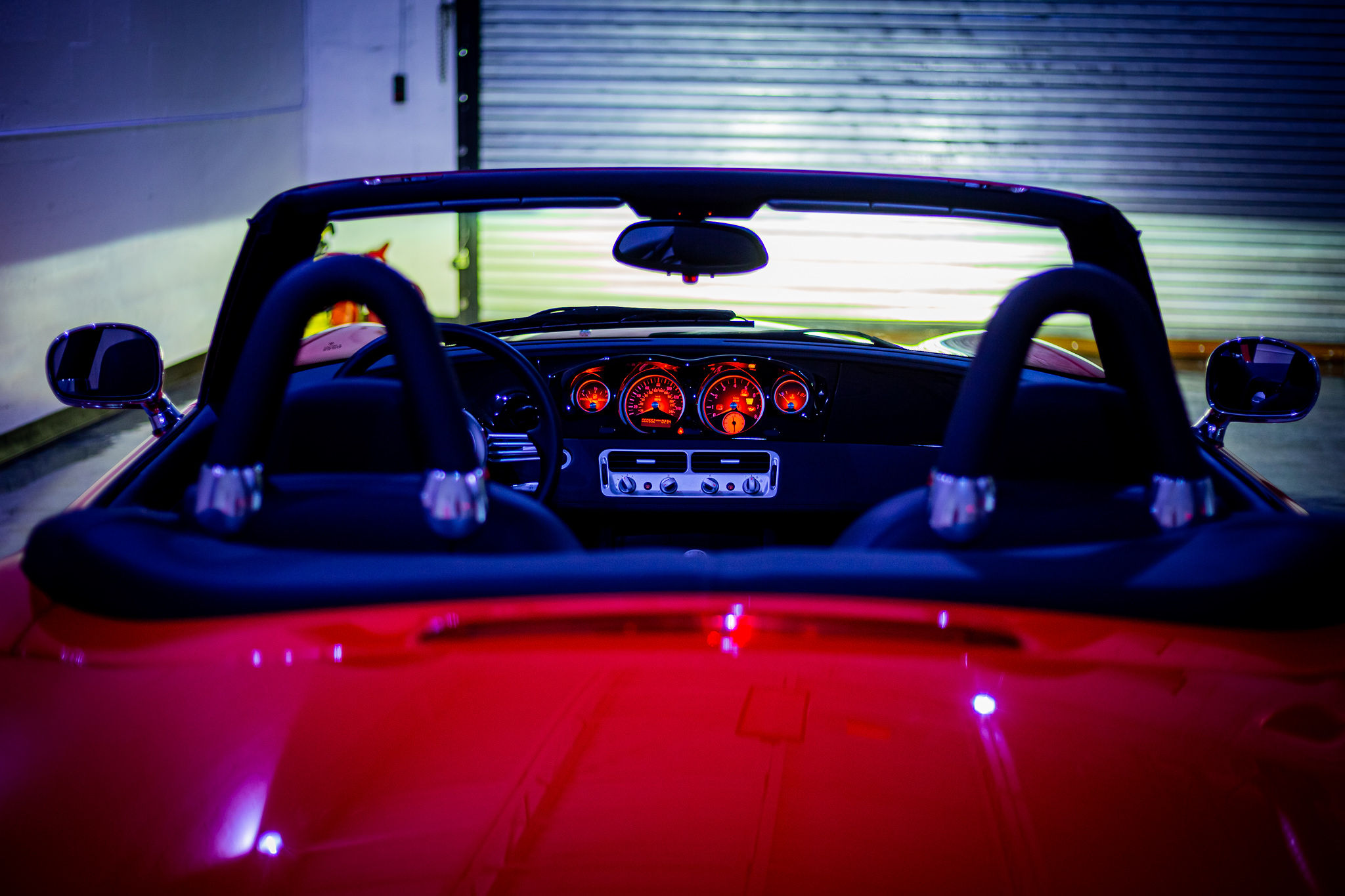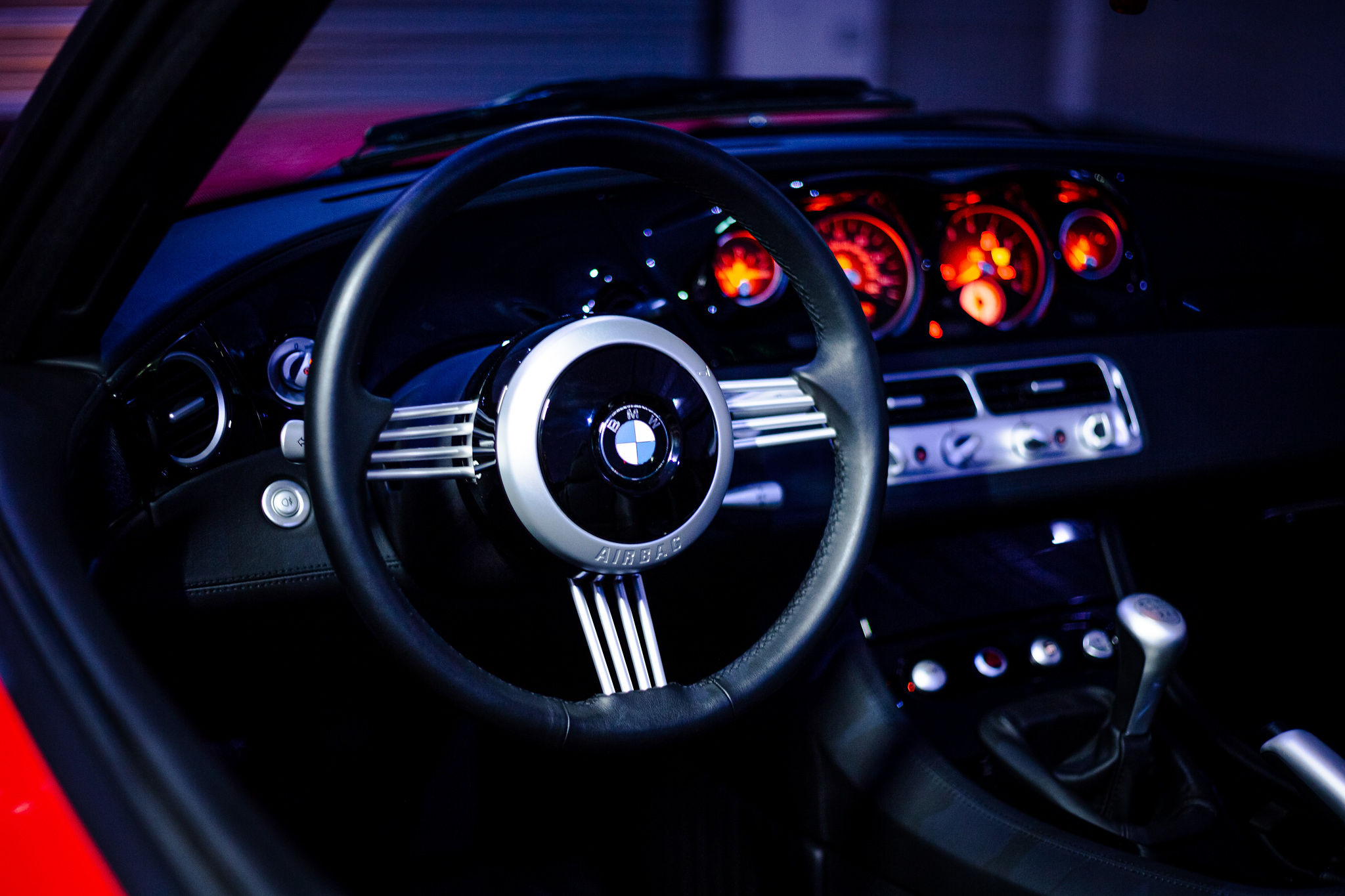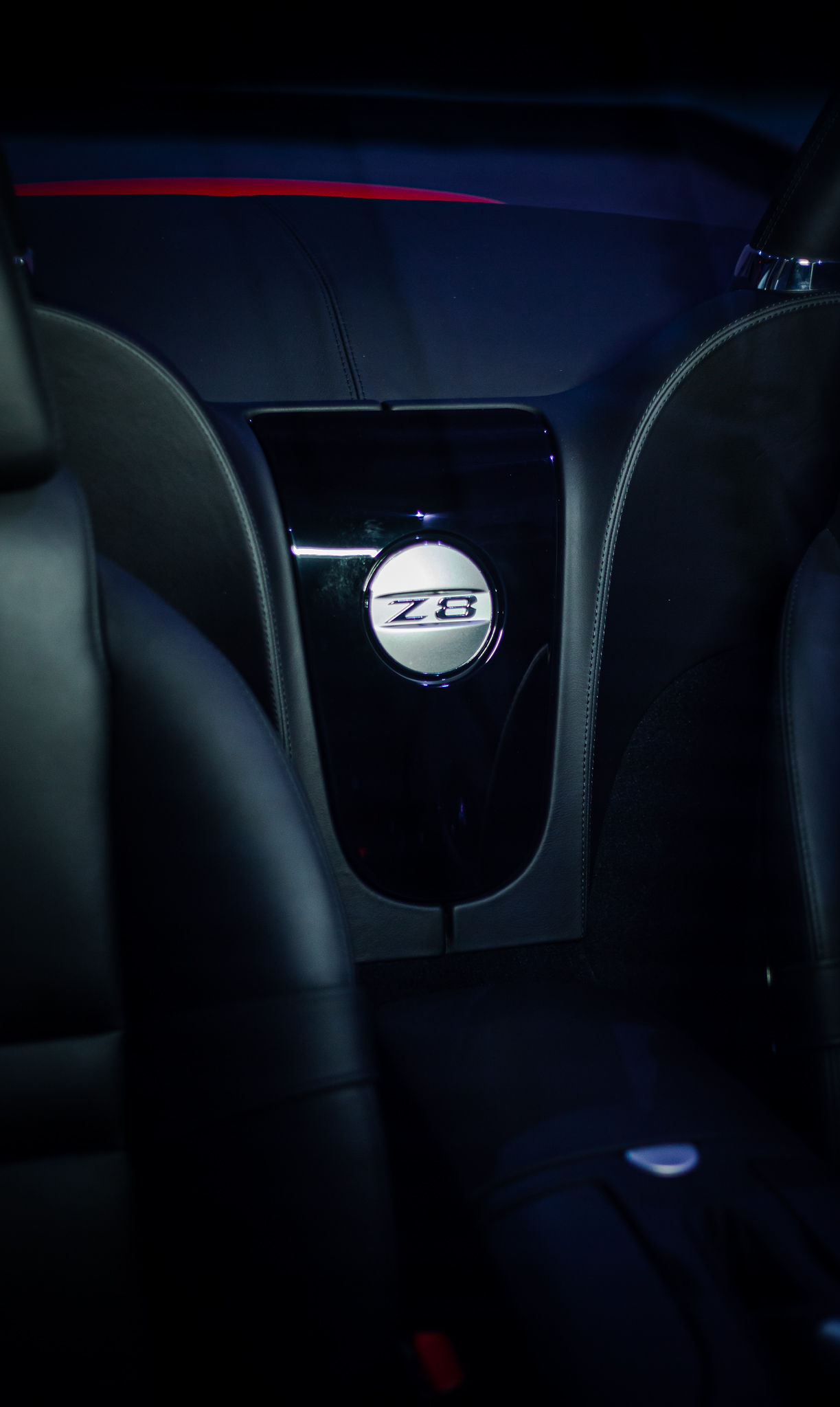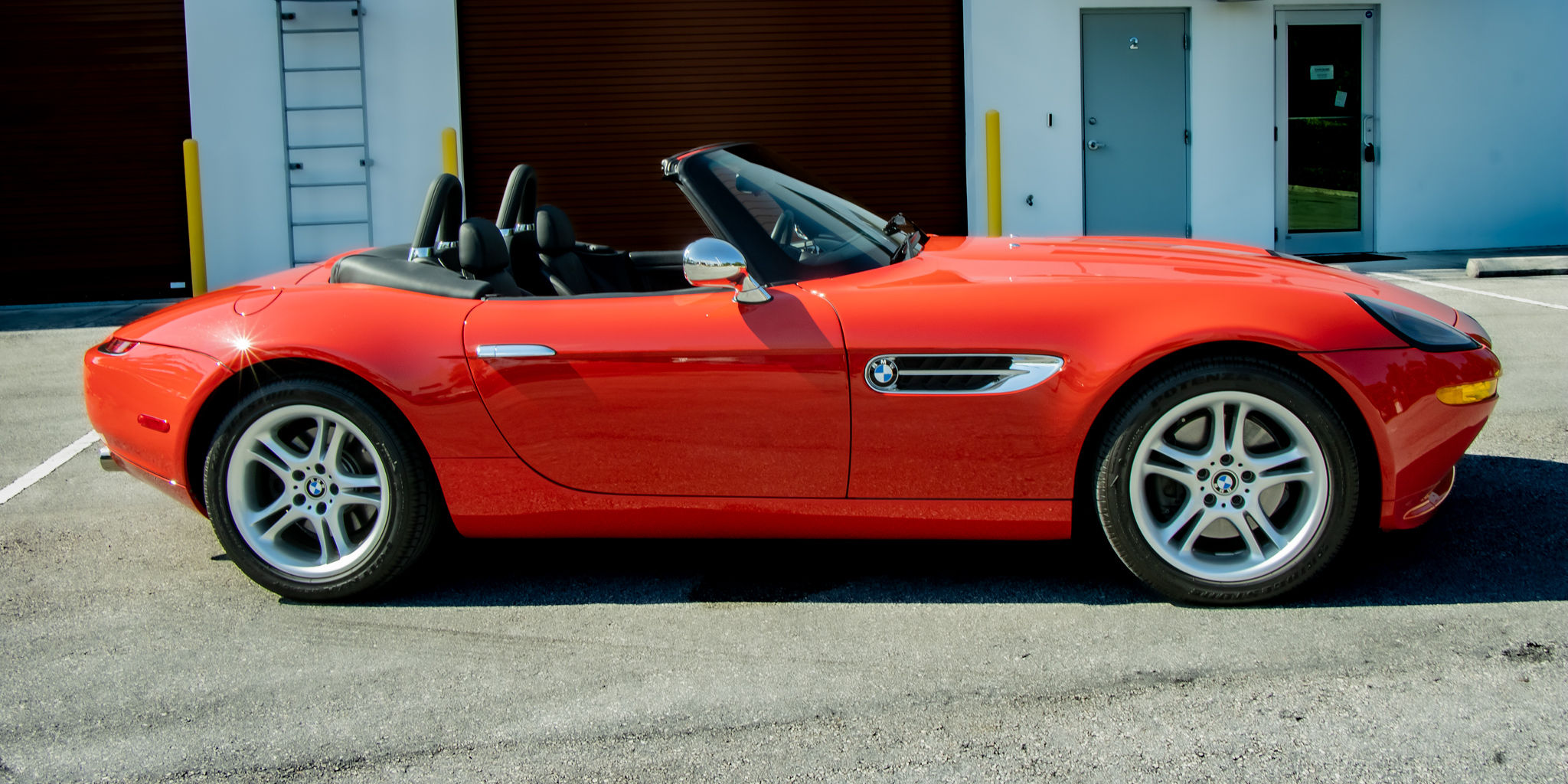
Z8
BMWFrom the get-go, the Z8 was, officially, a glimpse into what the extremely rare 1956-1959 BMW 507 roadster would have looked like if it were still produced in accordance with modern safety, proportions, and technology. Designed by Henrik Fisker in the mid-1990s, the Z8 arrived for the 2001 model year to much fanfare and promotion, even claiming a starring role in the 1999 James Bond film The World is Not Enough.
Riding on a bespoke aluminum chassis and framework robed in an all-aluminum body, the Z8 incorporated the contemporary E39 M5's 4.9-liter S62 V-8 and six-speed manual transmission. Output of 395 hp and 369 lb-ft of torque was enough for a claimed 0-62 mph sprint of 4.7 seconds, though instrumented tests in the period dropped those times to the low four-second range. As was the case with most German cars of the era, top speed was capped at a relatively low 155 mph. The Z8 was offered in soft-top form only, though owners who hoped to use theirs year-round could rely on the removable color-matched aluminum hardtop that came standard with each car.
| Make | BMW |
| Model | Z8 |
| Year | 2003 |
| Horsepower | 395hp |
| Engine | C8 DOHC 32V |
| Transmission | 6 Speed Manual |
| Production Year | 2000-2003 |
| Amount Produced | 5703 |
The BMW Z8 is a roadster produced by German automotive manufacturer BMW from 2000 to 2003. The Z8 was developed under the codename "E52" between 1993 and 1999, through the efforts of a design team led by Chris Bangle from 1993 to 1995. The exterior was designed by Henrik Fisker and the interior by Scott Lempert.
The Z8 originally was designed as a styling exercise intended to evoke and celebrate the 1956–1959 BMW 507. Prototypes were spotted testing between 1996 and 1999. A concept was later developed to preview the Z8, called the Z07 and was showcased in October 1997 at the Tokyo Motor Show.
